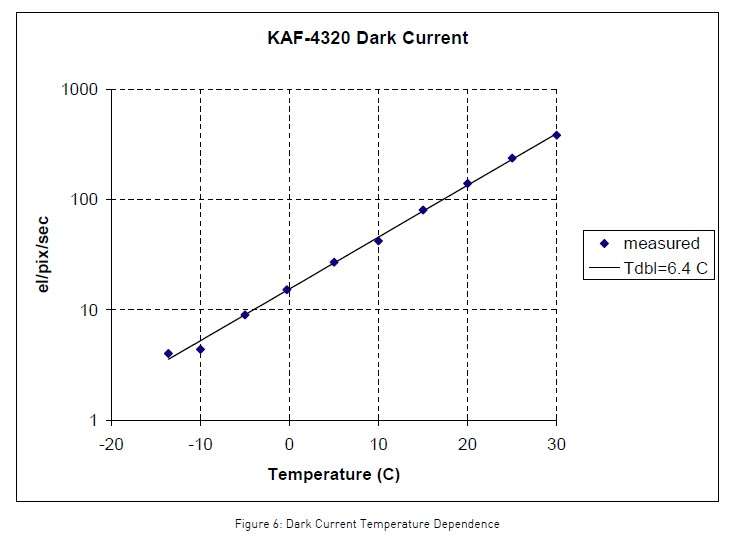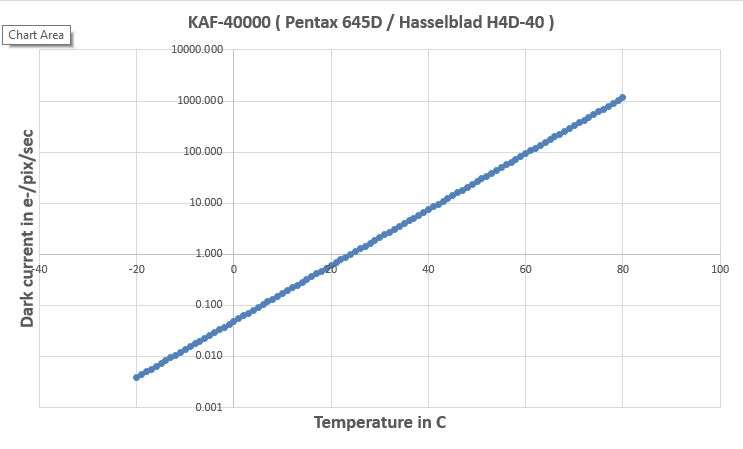Dogs857
New member
Ahoy GetDpi friends.
I recently bought back into MFD with a Pentax 645D, which is a fantastic camera. I have been running around taking photos of this and that, testing different lenses and doing all the usual stuff you do when you get a new camera. Whilst this is not my first MFD device, it's the first one that is attached to a camera, as I was using tech cameras exclusively last time. This brings me to the crux of my question.
Whilst I know that CCD seems to have become a bit of a dirty word here lately (all hail king Sony CMOS, long may he reign) I do know that noise can become an issue. With a tech camera it never bothered me as between shots I was usually fussing around with something or other. But now things are different. Last night I was rattling off multiple shots in a row of some bats flying around my island to test out some later evening type exposures. I have noticed how the noise does build up as the sensor is continually used. It's not excessive, but it is noticeable, especially if you try and recover some shadow detail.
So is there a rule of thumb at all for allowing the sensor to cool down sufficiently between shots to ensure you don't get excessive noise for longer exposures, or multiple exposures over a long time.
I know I can work all this out with some testing time and dedication, but surely someone has done this before. And please people, I don't really want to know how much better another camera could be for this kind of thing. I do own a Df as well, but I want to get the best out of the 645D.
Thank you.
I recently bought back into MFD with a Pentax 645D, which is a fantastic camera. I have been running around taking photos of this and that, testing different lenses and doing all the usual stuff you do when you get a new camera. Whilst this is not my first MFD device, it's the first one that is attached to a camera, as I was using tech cameras exclusively last time. This brings me to the crux of my question.
Whilst I know that CCD seems to have become a bit of a dirty word here lately (all hail king Sony CMOS, long may he reign) I do know that noise can become an issue. With a tech camera it never bothered me as between shots I was usually fussing around with something or other. But now things are different. Last night I was rattling off multiple shots in a row of some bats flying around my island to test out some later evening type exposures. I have noticed how the noise does build up as the sensor is continually used. It's not excessive, but it is noticeable, especially if you try and recover some shadow detail.
So is there a rule of thumb at all for allowing the sensor to cool down sufficiently between shots to ensure you don't get excessive noise for longer exposures, or multiple exposures over a long time.
I know I can work all this out with some testing time and dedication, but surely someone has done this before. And please people, I don't really want to know how much better another camera could be for this kind of thing. I do own a Df as well, but I want to get the best out of the 645D.
Thank you.




